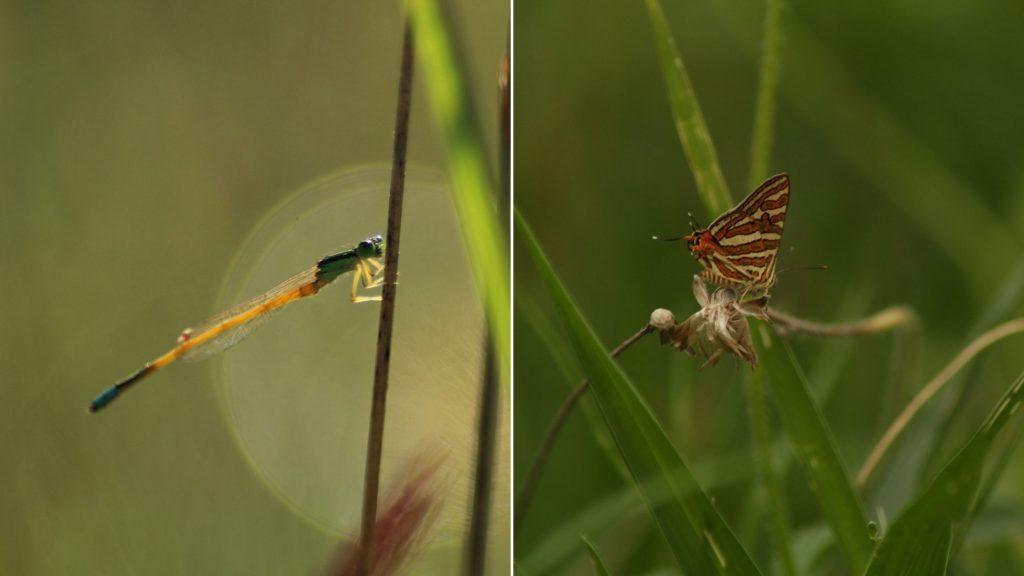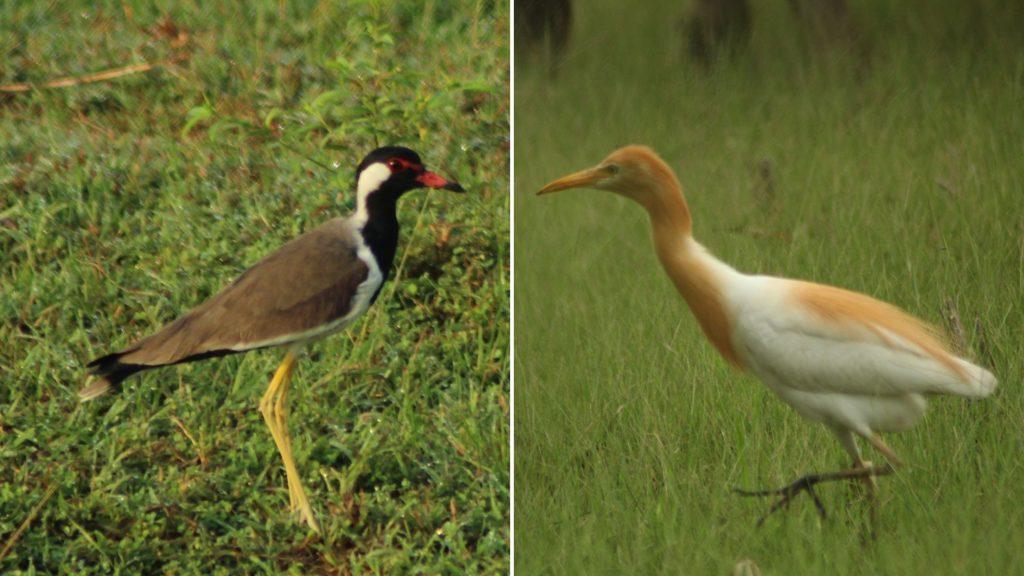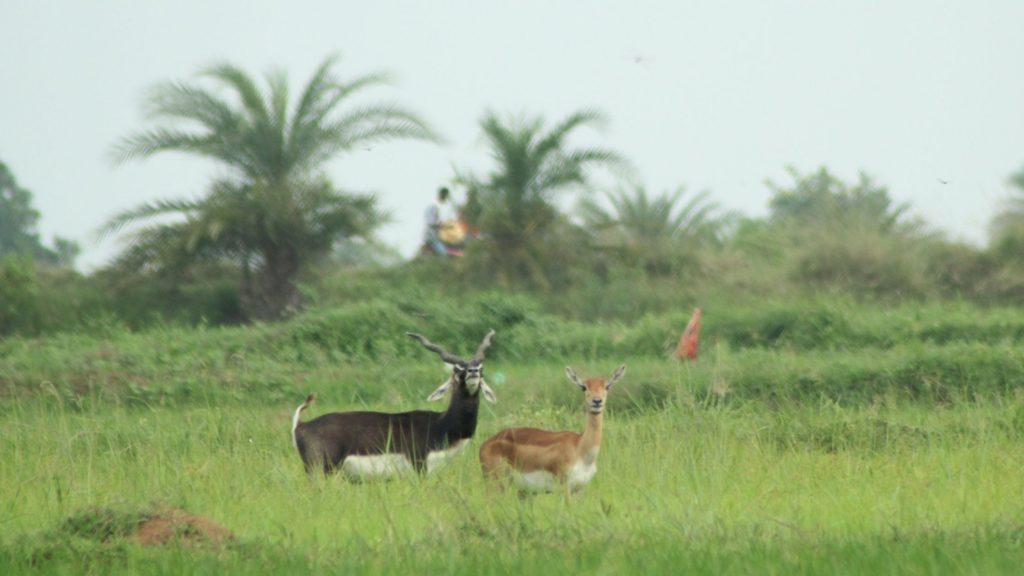Grasslands are complex ecosystems with flora and fauna that play an important role in sustaining the environment and economy. Often ignored and grossly overlooked in an era of rampant and unplanned afforestation, grasslands have been bearing the brunt of climate change. Grasslands are defined as ecosystems rich in grasses, herbs, and shrubs along with 10% or less tree species are spread over one-third of the earth’s terrestrial landscape. Owing to the expanding human habitation and development work and increased pressure from cattle grazing, the grasslands are declining at a rapid pace.
Grasslands support primary producers and consumers and are vital to food webs often sustaining the base of food pyramids. Barren lands that can make good grasslands are labelled as “wastelands” and are either diverted for non-agriculture purposes like construction or used as landfills.
According to the de jure classification, the total geographical area of India’s 15% area is known to be commons (estimated by NSSO) out of which, community pasture and grazing lands account for 23%, village forest and woodlots 16%, and other categories (barren lands, threshing floors and village site) 61%.
For centuries, the Raika community of Rajasthan’s Pali district has been herding livestock and camels. Today, however, the herders’ way of life is in jeopardy due to vanishing grasslands and pasturelands. Many such communities are at peril and there is an immediate need to focus on conservation, restoration, and sustainable community management of grasslands across the world.
Grasses being monocots and easily propagated through seeds or vegetative methods, have an inherent ability for rapid regeneration and are a major source of biomass energy on the earth. They act as sinks for many nutrients in the environment and bind the soil tightly with their extensive root networks, and help in rainwater percolation. Most grassland herbs are seasonal or annual and help to enrich the soil when they mature and die. Most staple crops of the world today like rice, wheat, and millets owe their origin to grasslands!

Grassland in India is predominantly the Imperata type comprising of species belonging to the tribes of Andropogoneae (30%), Paniceae (15%), and Eragrosteae (9%). These are home to some of the most endangered species of animals; some of which are endemic and help sustain indigenous communities. For example, Kans Grass is native to the Indian Subcontinent and an important habitat for the Indian rhinoceros in Assam. The Banni grasslands in Kutch, Gujarat, span over 2,600 square kilometers and are home to a pastoral community called the Maldharis.
In states like Himachal Pradesh, Uttaranchal, Jammu & Kashmir, Meghalaya, Nagaland, and Arunachal Pradesh over 70 percent of the land area is utilized as pastures (GOI, 2007). In the states like Rajasthan, Madhya Pradesh, Maharashtra, and Karnataka vast areas are used for grazing too. Although officially classified grazing land comprises only 3 percent of the national land area, in fact over 50 percent of the land area – including forest land, fallow land, barren land, and wasteland – is occasionally or seasonally used for grazing. (GOI 2016). In India, the grasslands have both characteristics and span across North India, Central India around the plains of rivers like the Ganges, Brahmaputra, and the Narmada.
Grasslands sustain diversified fauna from tiny insects to worms, snails, spiders, amphibians, reptiles, birds, and large mammals such as the Elephant, Gaur, Rhino, grazing, and antelope animals live in grasslands. Birds like Painted Sandgrouse, the Great Indian Bustards (Critically Endangered in IUCN), Painted Francolin, The Rain Quail, Pallid Harrier, various Eagles, Lesser Florican (Endangered in IUCN), Sarus Cranes, different passerine birds including Red Munia, Green Munia, Scaly-breasted Munia, Silver Bills, Bush chat, Jungle fouls, Sparrows, Pipit, Larks, Plain Prinia, Yellow wattled lapwing, Red-wattled Lapwing, Cattle egret, etc., are intricately related to healthy grasslands.

These are created and maintained naturally through the activities of animals like elephants and wildfires. Grasslands contribute towards ecological, economic, socio-cultural, and other ecosystem services. Dhaman grass (Cenchrus ciliaris), Deenanath grass (Pennisettum pedicellatum) are preferred grasses for cattle and livestock for grazing. Their loss would lead to irreversible changes in the agro-ecology and biodiversity of any geographical entity.
Grasslands provide irreplaceable service to mankind in terms of medicinal plants while supporting the grazing of livestock for milk, meat, and animal fibers. Rural communities are immensely dependent on grasslands for fodder, fencing material, agricultural implements, nutrition, and food security through the gathering of greens, flowers, fruits, tubers, roots, stems, seeds, and mushrooms. Researchers and industries are looking towards the extraction of biofuels from biomass of different grasses and crops like wheat straw and Miscanthus.
Major challenges
Major challenges in conserving grasslands are change in land-use patterns and excessive human interference, faulty policy formulation, and poor implementation. The carrying capacity of the grasslands needs to be sustainably managed by local communities through traditional rotational grazing practices and closure/fencing of grazing lands during the non-agricultural seasons. Top-Down planning, lack of specific focus, and region-wise planning on commons and grasslands at the grassroots level is a major problem. This has unforeseen and adverse implications on measurable management and conservation practices.
According to many researchers, a sum of 20% of the total world’s native grasslands has been converted into agricultural croplands or monoculture systems for commercial fodder production that has led to an irreplaceable loss of biodiversity.
Solution and conservation implications for Grasslands

Rotational grazing practices in the village commons and pastures followed by traditional grazers across India need to be encouraged with land allocated for regeneration to make the system sustainable and productive. Afforestation in grasslands should be avoided to protect the grassland ecosystem and its functions. On the contrary, denuded grasslands may be artificially seeded with mixed local herbs and grasses under favorable weather to recover the local vegetation.
Scrublands near agricultural fields can be regenerated with wild grasses and herbs with artificial seeding if needed. Government organizations, schools, colleges, universities, cities, towns, should allocate spaces for wild varieties of herbs and grasses instead of completely manicured gardens. Avoiding weedicides is another way to maintain the complexity of grassland types of ecosystems.
Increasing awareness among people about the importance of the flora and fauna in grasslands through educational and recreational tours would help remove the misconception among the general public that grasslands are wastelands. Involvement of people in grasslands with recreational activities like cycling, skiing, hiking, and animal watching in mosaic landscapes which include grasslands make people more attached to grassland and their services.
Implementation of the Biodiversity Act, 2002 promotes sustainable use and conservation of biodiversity including habitats, landraces, folk cultivars, domesticated and wild animals, and micro-organisms through local biodiversity management committees. Baseline data collection, cultural diversity, and biodiversity assessment, and spatial mapping will make management and conservation planning easy.
Special action plans and local community involvement in village or block levels for eco-restoration, grassland protection, and conservation would be more intensive. The restoration process of existing land use should be implicated through interlinking of various landscapes such as forests, grasslands, water bodies along with restoring soil, water, moisture, biomass, biodiversity, and nutrients. This will also sustain the livelihoods, especially livestock-based livelihood systems in rural areas.
Also read: Mangroves – Nature’s shield against natural disasters and climate change
About Author:
Dr. Ranjit K. Sahu is an American laboratory and research specialist located in Virginia, USA. Dr. Ranjit is a freelance writer, artist, poet, and story writer. He has over 18 years of experience in Biotechnology and biomedical research. His interests include education, environment, sustainability, and health care systems and practices in the underprivileged regions of the world.
Mr. Neelamadhab Sahu is working with Wildlife Institute of India as a researcher. His interest includes research on flora and fauna, writing science story for school children, and communicating science with the community. He is a nature and wildlife photographer by passion.
Mr. Ravi Shankar Behera is an independent freelance consultant and author based in Hyderabad. He is an Honorary Advisor to grassroots Voluntary Organizations on Food Security, Environment, and Social Development issues. Ravi has worked with international donors and NGOs over the last two decades and has a keen interest in Agriculture, Food and Nutrition, Environment, Natural Resource Management, and Climate Change issues.


